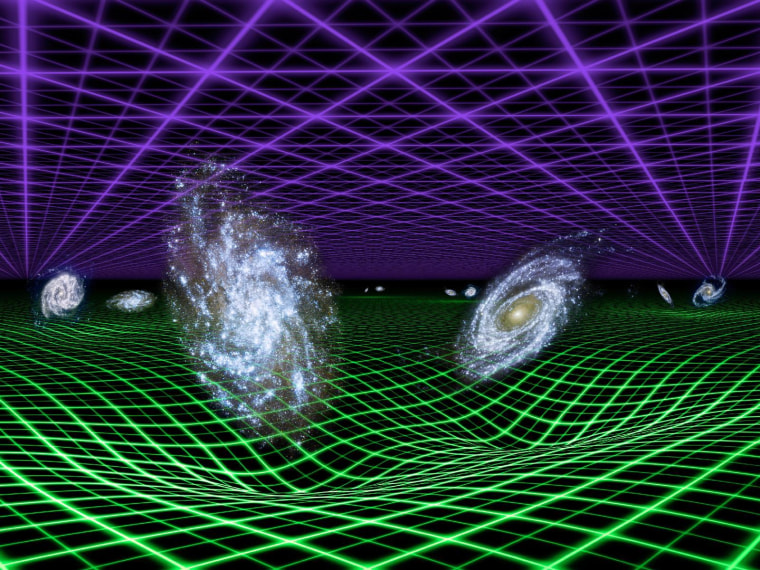A fundamental constant that sets the size of the gravitational force between all objects has finally been pinned down using the quirky quantum behavior of tiny atoms.
The new results could help set the official value of the gravitational constant, and may even help scientists find evidence of extra space-time dimensions, said study co-author Guglielmo Tino, an atomic physicist at the University of Florence in Italy. [Twisted Physics: 7 Mind-Blowing Findings]
Sign up for Science news delivered to your inbox

According to legend, Sir Isaac Newton first formulated his theory of gravity after watching a falling apple. In Newton's equations, the force of gravity grows with the mass of two objects in question, and the force gets weaker the more distant the objects are from each other.
The English polymath knew the objects' masses had to be multiplied by a constant, or "big G," in order to arrive at the gravitational force between those two objects, but he wasn't able to calculate its value. ("Big G" is different from "little g," which is the local gravitational acceleration on Earth.)
In 1798, scientist Henry Cavendish measured the rotation rate of dumbbells suspended on a wire to calculate big G. Since then, almost every attempt to measure big G has used some variation of Cavendish's method, but the calculated values have varied. That's because it was too difficult to identify all potential sources of error, said Holger Müller, an atomic physicist at the University of California at Berkeley who was not involved in the new study.
Tino and his colleagues tried a different approach: They measured how several hundred pounds of tungsten distorted the gravitational effect on super-cooled rubidium atoms.
The new measurement of G that's published in the journal Nature — 6.67191(99) X 10‾¹¹ m³kg‾¹s‾² — isn't as precise as the best measures, but because it uses single atoms, scientists can be more confident the results aren't skewed by hidden errors, Tino told Live Science.
The findings could help scientists discover if something more bizarre is at play. Some theories suggest that extra dimensions could warp the gravitational fields in our own four-dimensional world. These subtle distortions would be noticeable only at very small distances. Some have suggested that the varying results from other labs were caused by this extradimensional intrusion, Tino said.
By ruling out methodological errors, the new technique could be used to find evidence of extra dimensions, he said.
— Tia Ghose, LiveScience
This is a condensed version of a report from LiveScience. Read the full report. Follow Tia Ghose on Twitter and Google+. Follow LiveScience on Twitter, Facebook and Google+.